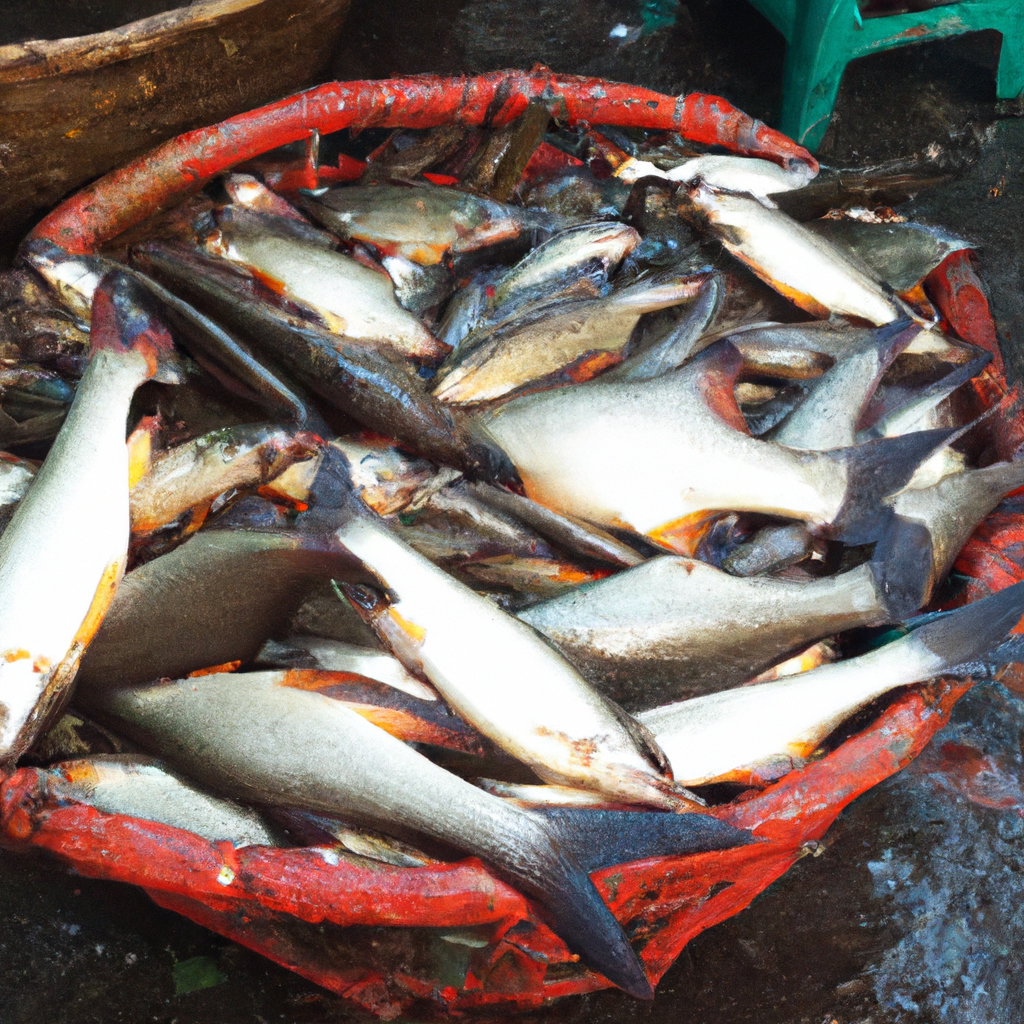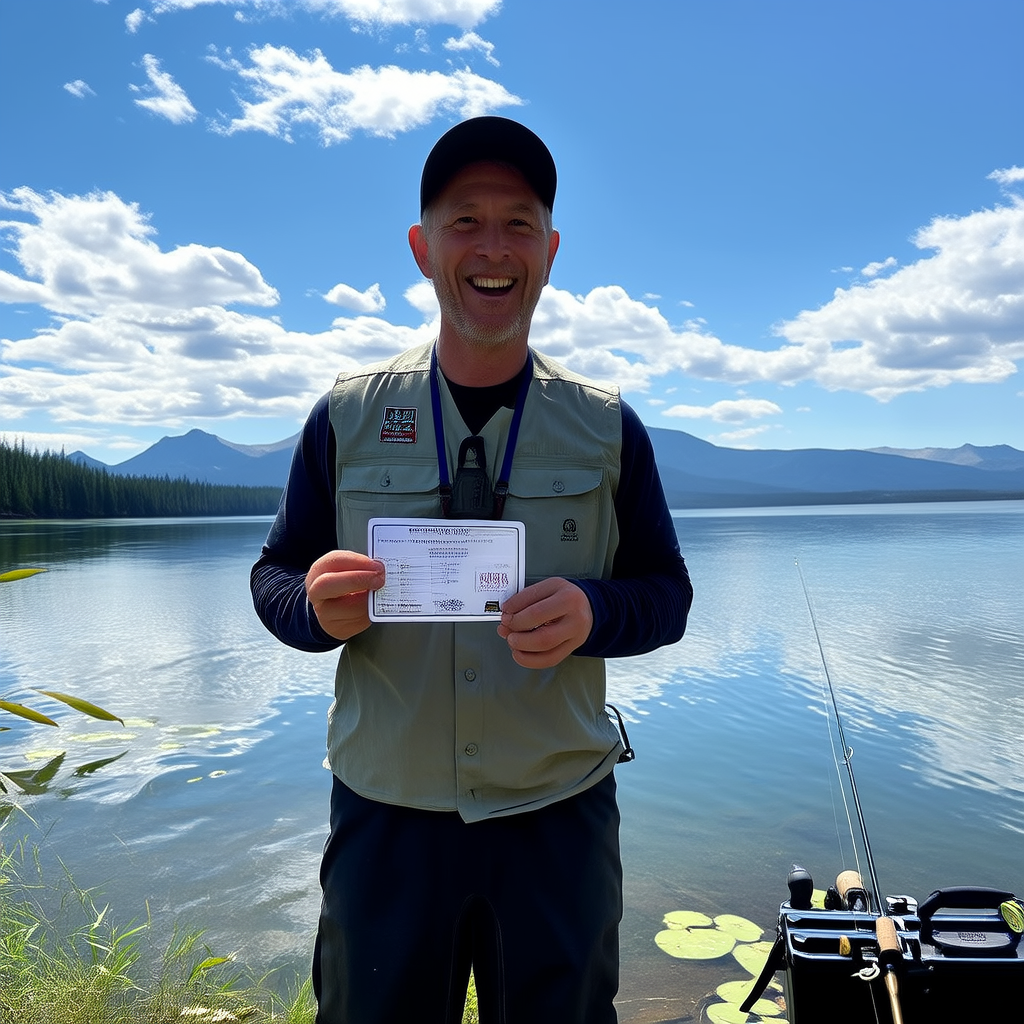River Chub Fish Introduction
The river chub, also known scientifically as Nocomis Micropogon, can be found in North America. It is a fascinating and unique species of freshwater fish. This fish belongs to the Cyprinidae, which also includes popular fish such as carps and minnows. River chubs are known for their unique features, habitat preferences, ecological significance, and distinctive features.
Appearance and physical characteristics
The physical characteristics of river chub fish set them apart from the other fish species. They have an elongated body with a cylindrical form and a laterally compacted head. The average length of a river chub ranges between 5 and 9 inches, but some individuals can grow up to 12 inches.
Their body coloration can range from olive to brownish with dark vertical stripes along their sides. The belly is usually lighter. The dorsal and tail fins of river chub fish are prominent. They help them move quickly in the water.
Habitat and Distribution
The river chub fish is attracted to clear, shallow rivers and streams with a rocky substrate. Currents should be moderate to fast. They prefer habitats that have plenty of cover, such as submerged logs, rocks, and vegetation. This provides protection from predators and allows for better feeding opportunities.
This species is native to eastern and central United States. It includes regions such as the Mississippi River basin and Gulf Coastal Drainages, Ohio River basin and parts of Great Lakes drainage. The abundance and distribution range of river chubs varies within their range depending on factors such as water quality, habitat accessibility, and human activity.
Feeding Behaviors and Diet
The river chub fish is omnivorous, and has a variety of feeding behaviors. They feed primarily on small invertebrates such as insects, crustaceans and mollusks. They are opportunistic eaters and also consume plant material such as seeds, algae and aquatic vegetation.
Ecosystems play a critical role
The river chub plays a vital role in maintaining the balance of freshwater eco-systems. As primary consumers, river chub fish regulate populations of invertebrates. They prevent excessive growth and maintain healthy aquatic conditions. By consuming plant matter, they also help control vegetation growth, and promote biodiversity.
Life Cycle and Reproduction
The life cycle of the river chub fish is divided into several stages, from fertilization of eggs to growth and reproduction. Breeding occurs in the spring when water temperatures rise, causing them to mate.
The male river chub fish displays courtship behavior when he chases the female and performs various swimming patterns. The female deposits adhesive ovules on the substrate in areas that have a good flow of oxygen and a suitable flow rate. The eggs hatch in a few days and the young fish begin their journey to adulthood.
Threats to Conservation
River chub fish are also threatened by a variety of threats that have an impact on their population. The destruction of the natural habitat by human activities, such as dam construction, urban development, and pollution, poses a serious threat to their survival.
Conservation efforts are essential to protect and restore river Chub fish populations. To conserve river chub fish, it is important to protect their habitats, implement proper water management strategies and raise awareness about their importance in freshwater ecologies.
Conclusion
River chubs are a remarkable freshwater species that contributes to the biodiversity and ecological equilibrium of North American waterways. Their unique characteristics, habitat preference, and feeding behaviour make them an integral part of the underwater eco-system. It is vital to protect their habitats and implement conservation measures in order to safeguard the future of this remarkable fish.




